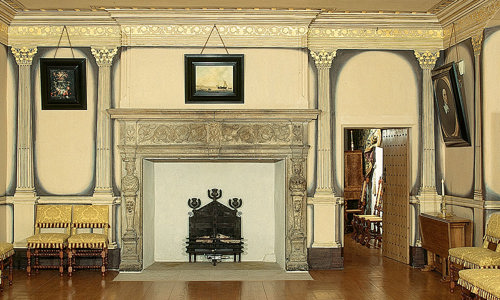History
Before the present stone Stirling Old Bridge was built in the late 1400s or early 1500s, there were a succession of timber structures here.
This is one of the most critical river crossings in Scotland. As ’gateway to the Highlands’, Stirling is of tremendous strategic importance, and the bridge here was the main crossing point of the River Forth until the early 1800s.
Famous battleground
The most famous of the earlier timber bridges at Stirling is the one that stood nearby at the Battle of Stirling Bridge in 1297.
This was where Sir William Wallace and Sir Andrew Moray led a Scottish army to a resounding victory over the forces of Edward I of England.
A fine stone bridge
Of the few medieval stone arched bridges left in Scotland, Stirling Old Bridge is one of the best.
It’s more than 80m long and has four semicircular arches, supported by three piers. At each end were arched gates.
The gates were probably removed when Stirling Castle’s governor General Blackeney ordered the destruction of the south arch in 1745. This was an attempt to forestall Bonnie Prince Charlie’s forces as they marched south at the beginning of the 1745 Jacobite Rising.
The bridge was closed to wheeled traffic in 1832, and replaced by a new one downstream, designed by Robert Stevenson.











